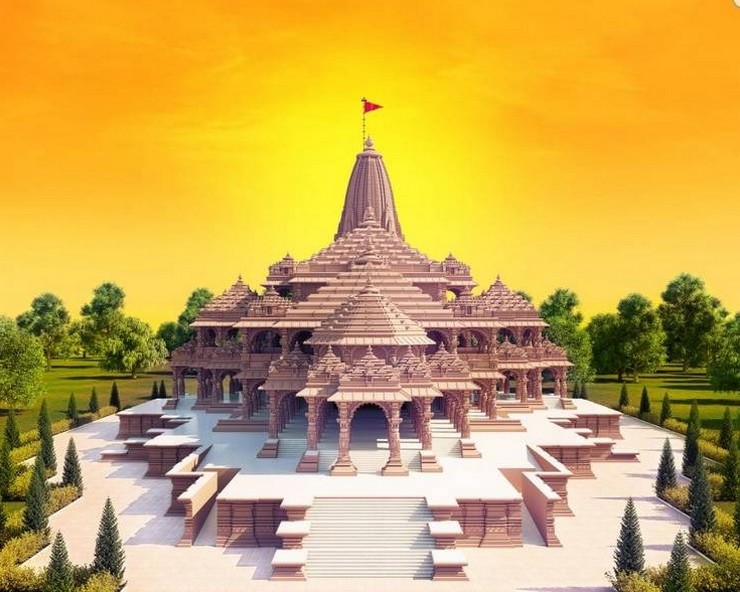The Ram Mandir: A Symbol of Faith and Cultural Heritage
Introduction: The Ram Mandir, located in the holy city of Ayodhya in Uttar Pradesh, India, holds profound significance in the hearts of millions of devotees worldwide. As the long-standing symbol of faith and cultural heritage, the Ram Mandir stands as a testament to the rich tapestry of India's religious and historical legacy. Let's delve into the history, significance, and cultural impact of this revered temple.
History and Significance:
-
Ancient Roots: The history of the Ram Mandir traces back to ancient times, with Ayodhya being revered as the birthplace of Lord Rama, a central figure in the Hindu epic Ramayana. The site of the temple is believed to be the exact spot where Lord Rama was born, making it one of the holiest pilgrimage sites for Hindus.
-
Babri Masjid Controversy: The history of the Ram Mandir is intertwined with the Babri Masjid controversy, which spanned several decades. The Babri Masjid, built in the 16th century by Mughal Emperor Babur, stood on the same site as the purported birthplace of Lord Rama. The dispute over the ownership of the site led to communal tensions and legal battles.
-
Landmark Judgment: In a landmark judgment in November 2019, the Supreme Court of India ruled in favor of the construction of the Ram Mandir at the disputed site in Ayodhya. The judgment paved the way for the construction of a grand temple dedicated to Lord Rama, fulfilling the aspirations of millions of devotees.
Architectural Marvel:
-
Grand Design: The Ram Mandir is envisioned as a magnificent architectural marvel that blends traditional and modern architectural styles. The temple's design incorporates intricate carvings, sculptures, and motifs inspired by ancient Indian architecture, symbolizing the rich cultural heritage of the region.
-
Spiritual Sanctum: The temple complex will include expansive prayer halls, meditation spaces, and sanctums dedicated to various deities, creating a serene and spiritually uplifting atmosphere for devotees to connect with their faith.
Cultural Impact:
-
Unity in Diversity: The construction of the Ram Mandir has been hailed as a symbol of unity and harmony, transcending religious and cultural divides. It signifies India's rich tapestry of diversity and pluralism, where people of different faiths come together to celebrate shared cultural heritage.
-
Tourist Attraction: The Ram Mandir is expected to emerge as a major tourist attraction, drawing pilgrims and tourists from across the globe to experience its architectural splendor and spiritual significance. It will serve as a cultural landmark that showcases India's vibrant religious and architectural heritage.
Conclusion: The Ram Mandir stands as a beacon of faith, cultural heritage, and national pride, embodying the timeless values of unity, harmony, and spirituality. As it takes its place on the sacred soil of Ayodhya, the temple serves as a poignant reminder of India's rich religious and historical legacy, inspiring generations to come.
